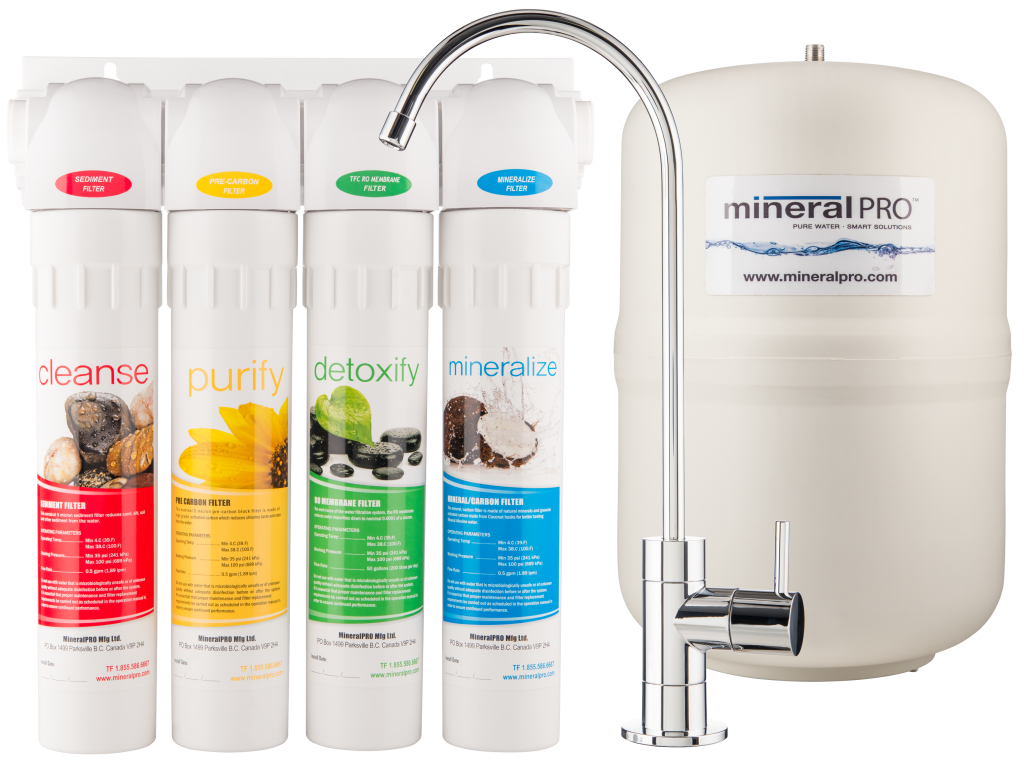Click For More Info
Reverse osmosis (RO) can be a really successful and sensible drinking water purification system utilized throughout numerous industries and sectors. This greatly adopted technological innovation has tested priceless in assorted industrial configurations, presenting considerable programs. With time, industries of all kinds, which include vegetation, have regarded the many benefits of RO for water purification. By 2001, it experienced grow to be commonly acknowledged as by far the most efficient and practical means of taking away impurities from water.
As an expert furnishing reverse osmosis h2o in Toronto describes, RO technologies is just not restricted to industrial use on your own; it can even be carried out on a scaled-down scale in household options. Its efficiency in doing away with dust, Filth, microbial particles, biological contaminants, and also other impurities guarantees thoroughly clean and purified h2o production.
Extensive Recommendations for Changing Filters within your Below-the-Counter Reverse Osmosis System
With this specific information, We are going to offer in depth Guidelines on correctly replacing all 5 filters within your beneath-the-counter reverse osmosis program. Comply with these stage-by-action Recommendations very carefully to replace the pre-filters:
Begin by shutting off the drinking water source into the system. Rotate the arrow valve clockwise until the water move ceases entirely.
Carry on by turning from the tank ball valve. Rotate the blue lever ninety levels to accomplish this endeavor.
Carry the RO faucet lever to release accrued tension within the RO system.
Make use of a wrench to securely fasten and stabilize the RO program in its current situation, making certain stability throughout the replacement system.
Rotate the very first-stage filter housing clockwise to unlock the quilt. If necessary, spot the RO program with a steady area to improve accessibility and relieve of managing.
As soon as the quilt is unlocked, very carefully take out the present filter within the housing and eliminate it appropriately if needed. Use mild cleaning soap to wash the housing and assure thorough rinsing to keep up cleanliness.
Insert the new filter into the filter housing, making certain a proper and protected in good shape to take care of optimum features.

Make sure to repeat these actions for every filter inside the technique, meticulously adhering to the particular instructions and proposals supplied by the company for every filter. Retaining a thoroughly clean and thoroughly operational reverse osmosis system is of utmost significance to achieve the desired amount of water purification efficiency.
Decoding the Elements of a Reverse Osmosis Process
Now, let’s embark over a journey to investigate the various parts connected to faucet water:
– Feed tank
– Feed pump
– Stress gauge for checking channel rigidity
– Sand filter showcasing a strain gauge
– Carbon filter Geared up that has a force gauge
– Water softener built-in using a stress gauge
Furthermore, several other very important factors exist within the process:
– PPC filter
– Force Management procedure
– RO pump
– Membrane filters
– Wastewater platform
– Mineral wetness platform
– Effluent meters
– Storage tank
Let’s immerse ourselves within the operational technique of this remarkably beneficial strategy:
To begin with, the faucet h2o is the principal source, providing water towards the feed tank.
The feed pump is pivotal by facilitating h2o transfer with the feed tank towards the sediment filter.
As being the drinking water enters the method, any sediment existing settles at the bottom with the tank.
Progressing upward, the drinking water traverses with the sand filter and proceeds its journey toward the carbon filter.
